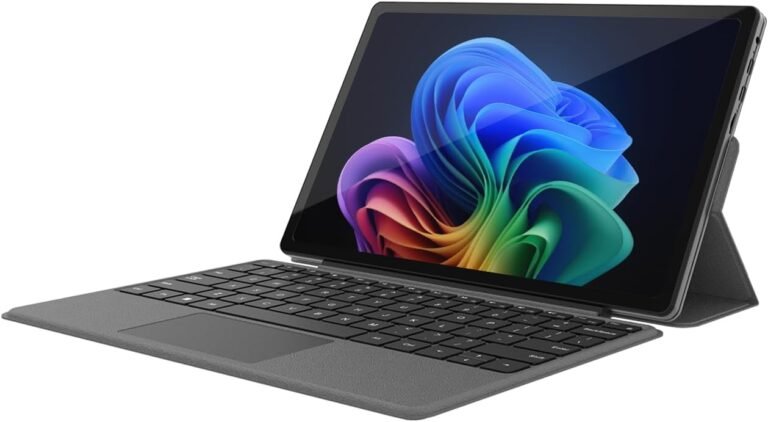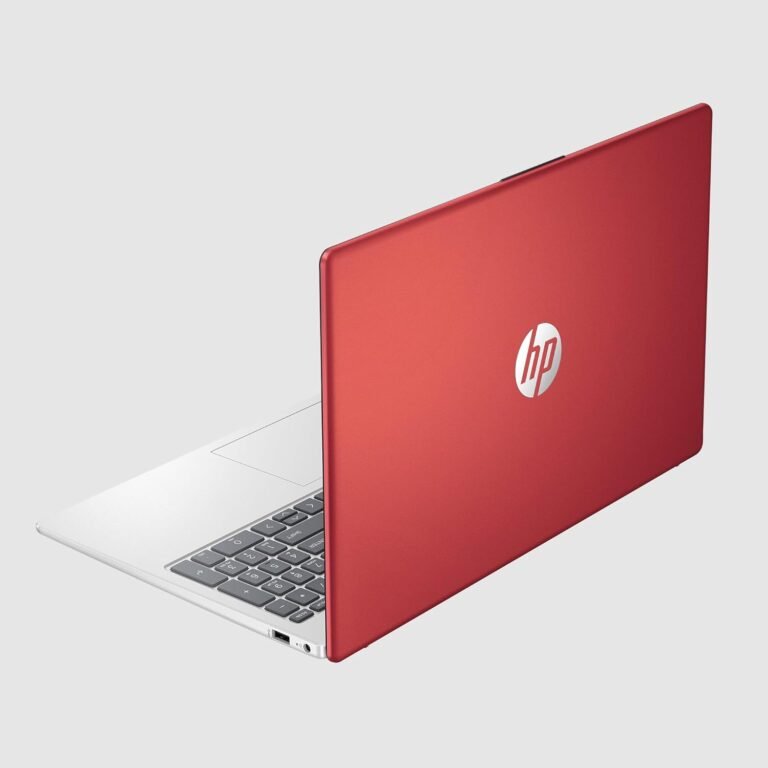
In a world where laptops often contain sensitive personal or professional data, protecting these valuable devices against theft is more crucial than ever. While digital security measures like passwords and encryption guard data, physical security is equally important to prevent unauthorized access and device loss. This comprehensive guide explores how to secure your laptop using physical locks, including traditional solutions and innovative options for modern laptops designed without dedicated lock slots.
Why Use a Physical Lock for Your Laptop?
Physical locks provide a tangible deterrent against laptop theft, especially in public or shared environments such as offices, cafes, schools, or clinics. With the financial and operational risks posed by stolen devices—including data breaches and downtime—physically securing your laptop is an essential part of a robust security strategy.
Understanding Laptop Locking Solutions
1. The Kensington Security Slot: Industry Standard Since 1992
Most laptops historically have included a small, rectangular security slot—often called the Kensington Security Slot—to which a compatible cable lock could be attached. These cable locks typically comprise:
- A durable carbon steel cable that anchors the laptop to a fixed object like a desk or table leg.
- A lock head that fits securely into the Kensington slot, available in keyed or combination styles.
This mechanical connection effectively prevents casual or opportunistic theft by making the laptop physically tethered to its environment.
2. Variations of Security Slots for Different Devices
- Standard Slot (K-Slot): The most common lock slot found on many laptops and peripherals.
- Nano Slot: A smaller, more compact security slot introduced to accommodate ultra-thin laptops. It’s about 70% smaller than the standard slot and found on newer HP, Lenovo, and Asus models.
- Wedge-Shaped Slot: A specialized design primarily used on Dell laptops, compatible with wedge-shaped lock tips.

Kensington and other manufacturers have adapted locks to fit these variations, ensuring continued physical protection across evolving laptop designs.
Securing Laptops Without Built-In Lock Slots
As laptop designs prioritize slimness and portability, many modern laptops lack a built-in security slot—a challenge for traditional physical locks. Fortunately, there are effective solutions:
Anchor Adapter for Laptop Security Lock
This small accessory adds a lock slot capability to laptops without one. The anchor adapter typically fits securely into ports such as the laptop’s 3.5mm audio jack and fastens in place with a screw. Once installed, you can attach a standard Kensington-style lock cable.
Key benefits include:
- Adds physical lock compatibility to otherwise unsecured laptops.
- Secures firmly, with lock cables covering the screw, preventing tampering or removal.
- Compact and removable, so it can stay in the laptop or be taken off as needed.
Universal Laptop Security Locks
These systems pair the anchor adapter with a compatible cable lock, frequently featuring combination dials for keyless convenience. The universal locks offer flexible compatibility and easy deployment for laptops without native lock slots.
Portable Security Alarms (Fingerprint-Activated)
For additional peace of mind, some portable lock systems integrate alarms triggered by tampering attempts. These devices use biometric fingerprint sensors to arm/disarm and attach via USB-C ports or docking ports, sounding a loud alarm if the cable is cut or removed without authorization.
They provide multipurpose security for laptops, tablets, bags, and other valuables, making them particularly useful in semi-public or high-theft risk locations.
Choosing the Right Physical Locking Solution
Consider Device Compatibility
- Verify if your laptop has a built-in security slot and its type (standard, nano, wedge).
- If missing, consider anchor adapters and universal locks designed for slotless models.
Assess Your Environment
- Higher-risk areas may benefit from locks with alarm features or locking stations to restrict movement.
- For home or low-risk office environments, standard keyed or combination cable locks offer sufficient protection.
Security Features to Look For
- Anti-pick lock technology to resist tampering.
- Carbon steel cables for cut resistance and durability.
- Protection overmolding to prevent scratches on furniture or device surfaces.
- Flexible keying options including keyed locks, combination locks, or biometric security.
Installation and Usage Tips
- Secure the cable lock around an immovable, sturdy object like a heavy desk leg or fixed mount.
- Position the lock and cable to minimize slack, reducing the ability to maneuver or forcibly break the tether.
- Regularly inspect cables and lock mechanisms for wear or damage.
- Register locks if manufacturer programs offer key recovery or warranties.
Final Thoughts
Physical laptop locks remain a vital line of defense against device theft, complementing digital security measures. As laptops evolve, so do locking solutions—from the classic Kensington locks to innovative anchor adapters and biometric security alarms—ensuring that virtually any laptop can be physically safeguarded.
By choosing the appropriate physical lock system tailored to your device’s design and your environmental risk, you unlock peace of mind that your laptop and its valuable data remain secured, wherever you work or travel.
Additional Resources
- Kensington Security Locks Overview
- How to Secure Laptops Without Security Slots
- Community discussions on laptop security products and best practices can be found on forums like Reddit r/msp.
By integrating these insights, users can confidently protect their laptops from theft and disruption, combining convenience with strong physical security.









